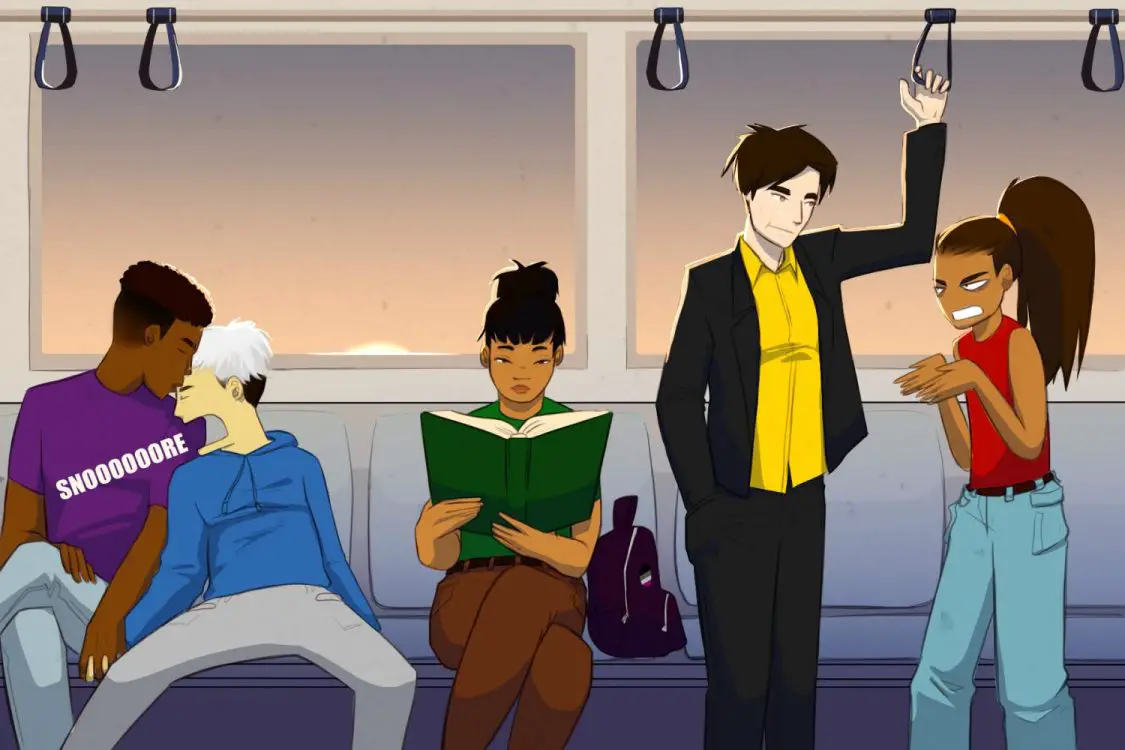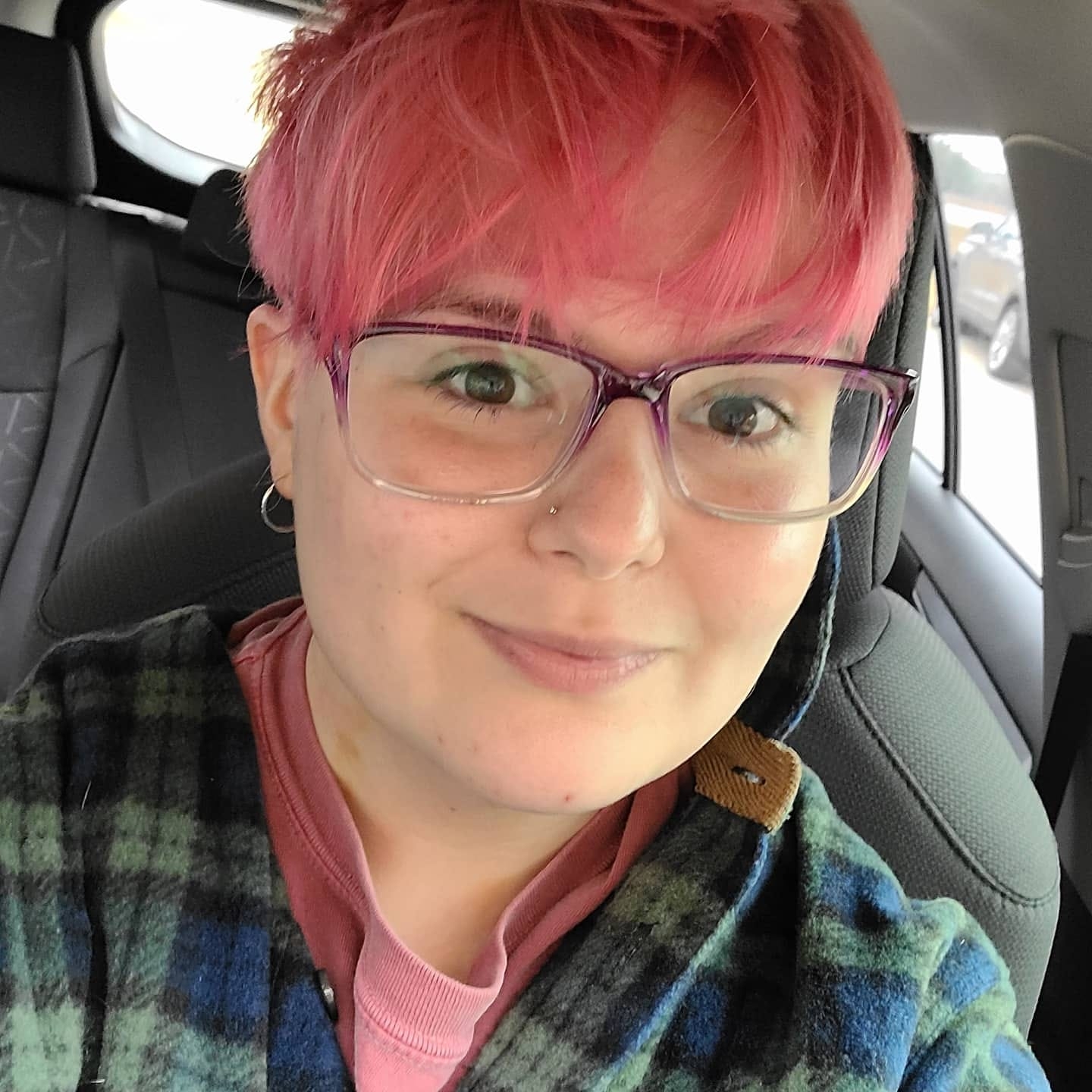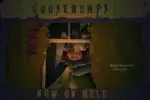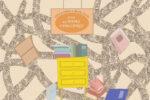Young adult novels are becoming a popular outlet for many voices around the world. It is an escape from the pressures of society as much as a way to share experiences, and of the many voices that YA features, the voices of the LGBTQ+ community are continually growing louder.
The history of LGBTQ+ novels is bleak. In fact, the novel credited with birthing the lesbian genre, titled “Spring Fire” by Marijane Meaker, was released in 1952. It features a freshman college student who falls for her sorority sister. The girls’ relationship is revealed, causing one to be immediately sent to a psych ward, while the other denies her feelings altogether.
According to Meaker, the ending was not what she wanted, but her publisher pushed for it to be tragic, claiming that’s what sold queer literature. Endings like “Spring Fire” remained common in queer media, mostly on television, until around the 1970s. Yet in the written word, it would take until the 1990s for queer novels to be seen in a positive light.
Malinda Lo, who runs a blog tracking growth in LGBTQ+ representation, says data suggests that the number of young adult novels featuring queer protagonists has steadily grown, except for a few dips along the way.
In 1998, representation cratered, similar to 1992 and 1985, as seen in the line graph on Lo’s first post, “Stats on LGBT Young Adult Books Published in the U.S.” Getting past that hump into the new century brought the wave of queer literature deeper into publishing.
“In years past, you would see a concentration of distribution in the institutional and educational markets, as we all as independent stores,” Justin Chanda, vice president and publisher of Simon & Schuster Books wrote to NBC News journalist Gwen Aviles. “Today, there are many, many books featuring LGBTQ+ characters being published in various genres that are being carried in large numbers by all accounts.”
Some of the most notable stories today include “Check Please!” Volumes I and II by Ngozi Ukazu; “Simon vs. the Homo Sapiens Agenda” by Becky Albertalli; and “They Both Die at the End” by Adam Silvera. Each features a coming-out story, depicted in both a positive and negative light.
Silvera’s novel shares a similarly tragic ending as Meaker’s, though the structure of the story alerts readers that it will be tragic. Ukazu and Albertalli play on opposite ends of the coming-out spectrum: Ukazu’s character, Bitty, gets the chance to come out to his teammates on his own terms, whereas Albertalli’s Simon is outed.
Representation of the negative and positive aspects of coming out in young adult novels provides an important voice for the LGBTQ+ community, as it helps to alleviate the psychological and emotional trauma young people face.
According to Janelle M. Snyder’s research paper “Representation of LGBTQ+ Characters in 2019 Young Adult Literature,” around 40% of LGBTQ+ 13 to 17-year-olds felt that their community was unwelcoming. Snyder’s statistics show that students also faced negativity in the classroom, on the internet and from fellow peers.
However, the aforementioned novels and ones similar give hope in an ever-changing world, especially when young people are at the frontlines of this change. In an interview with Lindsay Bird, Tom Ryan talks about how young adult literature reflects society and that teenagers are more aware of the changes going on than most realize. Novels with diverse characters and complex plots highlight these fluctuations.
In fact, diversity within LGBTQ+ young adult novels continues to flourish. In the 1990s, much of this genre was filled with white, cis queer characters.
Today, authors such as Silvera and Dean Atta, who wrote “The Black Flamingo,” have brought Black and Hispanic representation into the genre. Though growth is ongoing, queer representation remains “disproportionately white” with a ratio of cis men to cis women at 2:1.
Circling back to the effects of LGBTQ+ literature, especially young adult fiction, the stories and their representation of culture, race and coming out can give a sense of security for one’s identity. Often, LGBTQ+ people deal with isolation, pain and even guilt because of their sexuality or gender.
Mohsin Zaidi is the author of “A Dutiful Boy,” which is a memoir that depicts the difficulties he faced being gay and Pakistani. In his book, he describes how his family was initially not accepting of him coming out — a common outcome for many queer people. Zaidi also speaks of how it wasn’t until he was in therapy that he had access to LGBTQ+ literature. It was an outlet that let him not feel alone.
“Covering” by Kenji Yoshino, is one of the few books Zaidi remembers distinctly. “It discusses the ways in which minorities try to hide or ‘cover’ their difference in order to conform to the norm,” Zaidi said. “It suddenly made me think about how much I had conditioned myself to fit in.”
The question of the validity of LGBTQ+ voices in young adult literature, when pitted against experiences like Zaidi’s that fill novels that can offer a sense of solace and security, is moot.
These young adult novels offer diversity and inclusion. They offer us a window into the changing world. They offer hope when one feels lost and alone. And finally, these novels offer the cis heteronormative world a chance to understand the LGBTQ+ community at a younger, and sometimes older, age.
Understanding is something society has needed and will continue to need in the future. Above everything, LGBTQ+ young adult novels evoke the sentiment of Mohsin Zaidi’s dedication in his memoir: “To every young person struggling with their identity. You are not alone.”

















